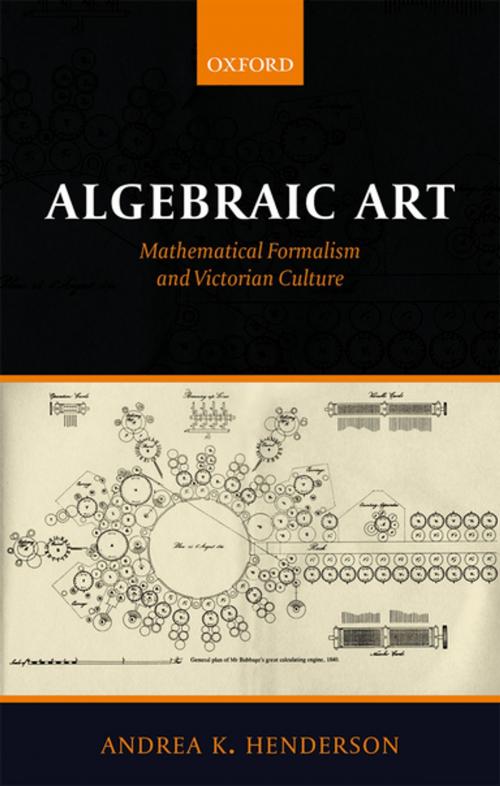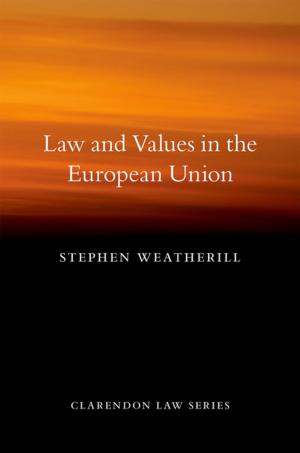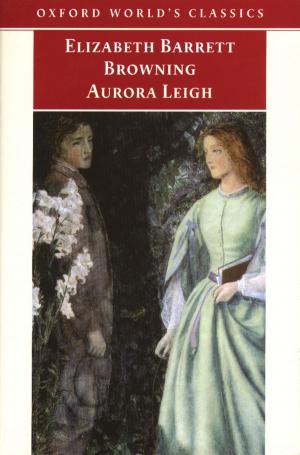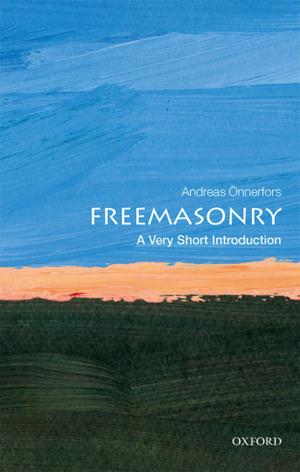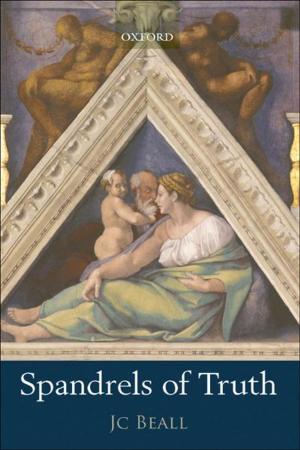Algebraic Art
Mathematical Formalism and Victorian Culture
Nonfiction, Science & Nature, Mathematics, Art & Architecture, General Art, Fiction & Literature, Literary Theory & Criticism| Author: | Andrea K. Henderson | ISBN: | 9780192538062 |
| Publisher: | OUP Oxford | Publication: | April 5, 2018 |
| Imprint: | OUP Oxford | Language: | English |
| Author: | Andrea K. Henderson |
| ISBN: | 9780192538062 |
| Publisher: | OUP Oxford |
| Publication: | April 5, 2018 |
| Imprint: | OUP Oxford |
| Language: | English |
Algebraic Art explores the invention of a peculiarly Victorian account of the nature and value of aesthetic form, and it traces that account to a surprising source: mathematics. The nineteenth century was a moment of extraordinary mathematical innovation, witnessing the development of non-Euclidean geometry, the revaluation of symbolic algebra, and the importation of mathematical language into philosophy. All these innovations sprang from a reconception of mathematics as a formal rather than a referential practice—as a means for describing relationships rather than quantities. For Victorian mathematicians, the value of a claim lay not in its capacity to describe the world but its internal coherence. This concern with formal structure produced a striking convergence between mathematics and aesthetics: geometers wrote fables, logicians reconceived symbolism, and physicists described reality as consisting of beautiful patterns. Artists, meanwhile, drawing upon the cultural prestige of mathematics, conceived their work as a 'science' of form, whether as lines in a painting, twinned characters in a novel, or wavelike stress patterns in a poem. Avant-garde photographs and paintings, fantastical novels like Flatland and Lewis Carroll's children's books, and experimental poetry by Swinburne, Rossetti, and Patmore created worlds governed by a rigorous internal logic even as they were pointedly unconcerned with reference or realist protocols. Algebraic Art shows that works we tend to regard as outliers to mainstream Victorian culture were expressions of a mathematical formalism that was central to Victorian knowledge production and that continues to shape our understanding of the significance of form.
Algebraic Art explores the invention of a peculiarly Victorian account of the nature and value of aesthetic form, and it traces that account to a surprising source: mathematics. The nineteenth century was a moment of extraordinary mathematical innovation, witnessing the development of non-Euclidean geometry, the revaluation of symbolic algebra, and the importation of mathematical language into philosophy. All these innovations sprang from a reconception of mathematics as a formal rather than a referential practice—as a means for describing relationships rather than quantities. For Victorian mathematicians, the value of a claim lay not in its capacity to describe the world but its internal coherence. This concern with formal structure produced a striking convergence between mathematics and aesthetics: geometers wrote fables, logicians reconceived symbolism, and physicists described reality as consisting of beautiful patterns. Artists, meanwhile, drawing upon the cultural prestige of mathematics, conceived their work as a 'science' of form, whether as lines in a painting, twinned characters in a novel, or wavelike stress patterns in a poem. Avant-garde photographs and paintings, fantastical novels like Flatland and Lewis Carroll's children's books, and experimental poetry by Swinburne, Rossetti, and Patmore created worlds governed by a rigorous internal logic even as they were pointedly unconcerned with reference or realist protocols. Algebraic Art shows that works we tend to regard as outliers to mainstream Victorian culture were expressions of a mathematical formalism that was central to Victorian knowledge production and that continues to shape our understanding of the significance of form.
